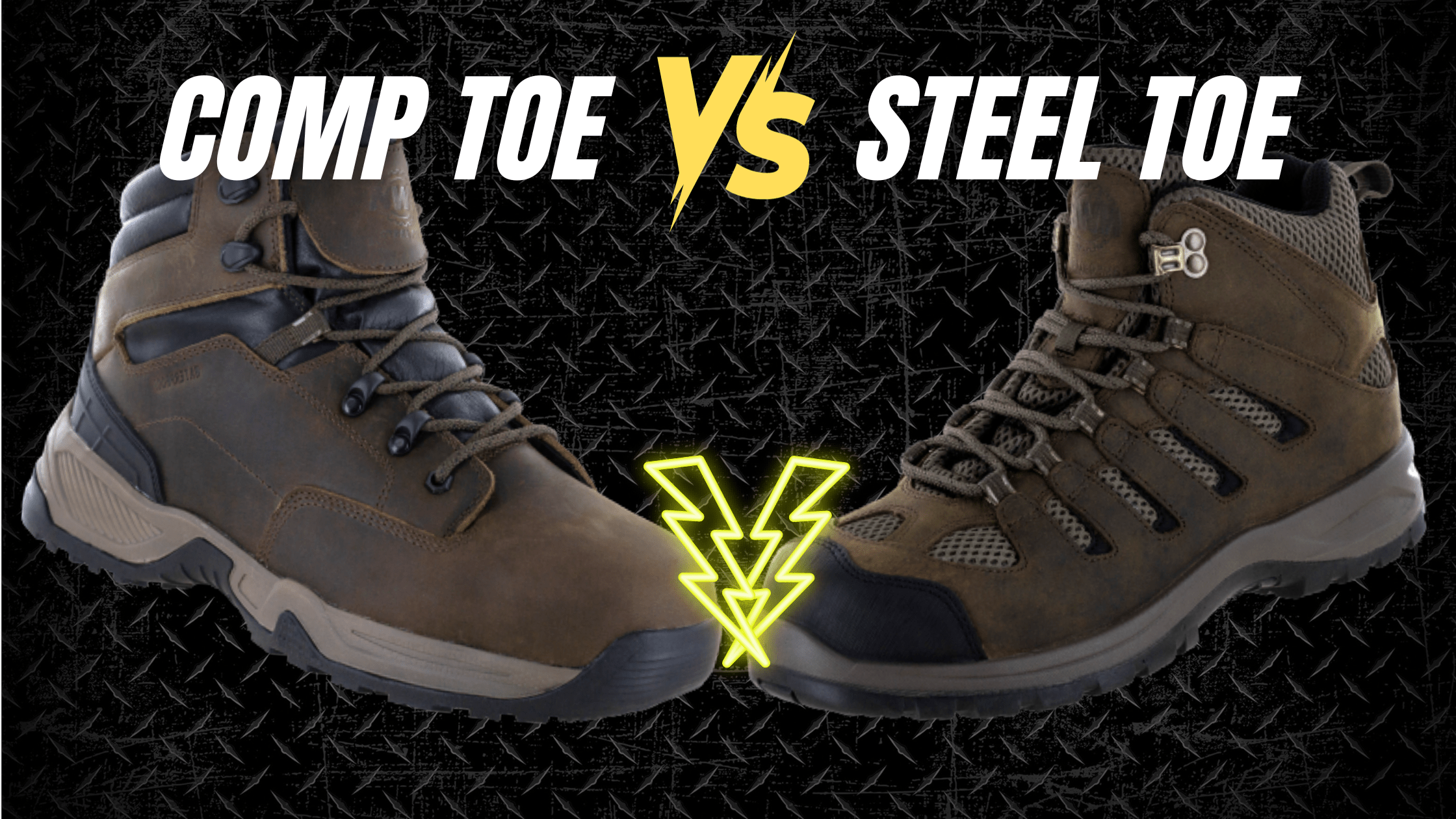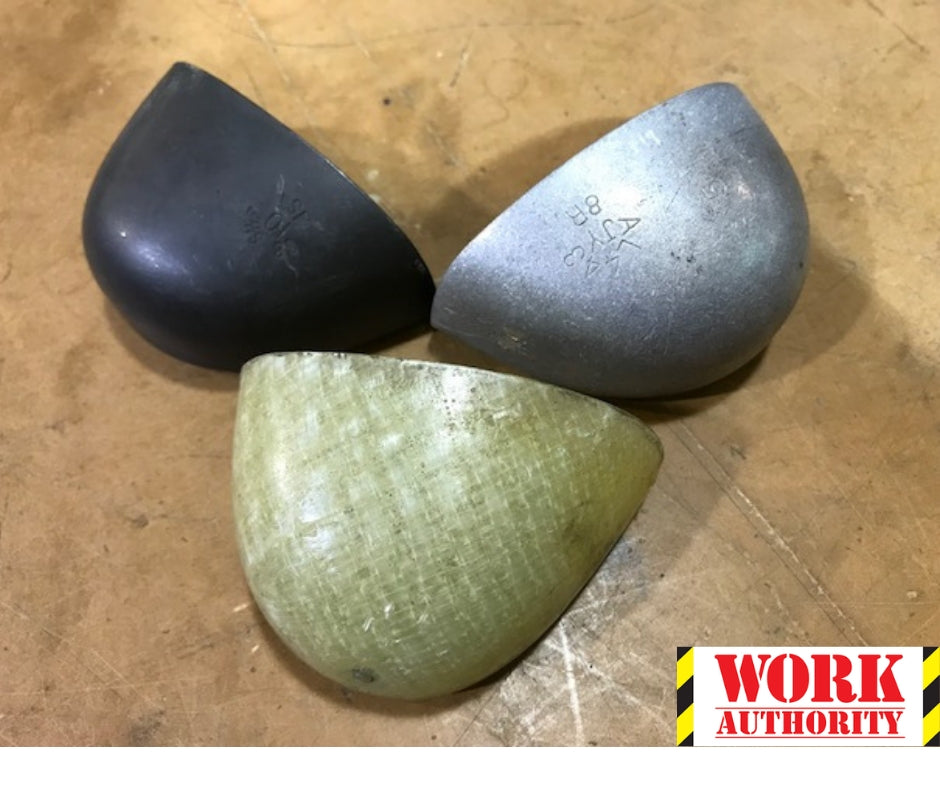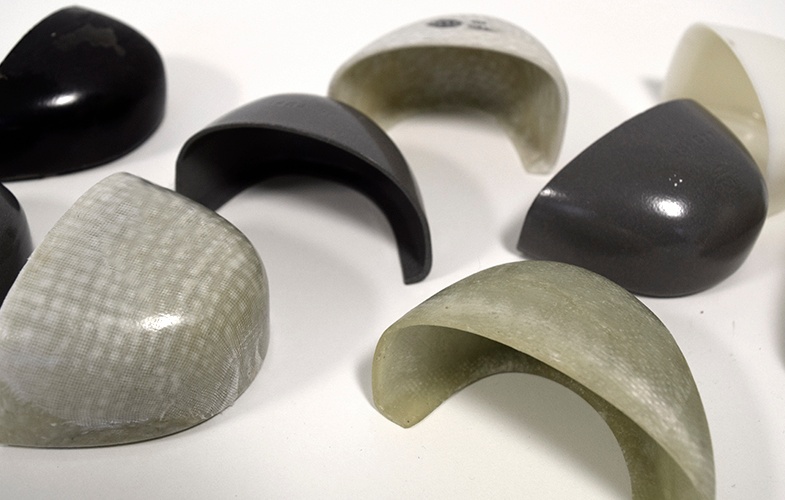Choosing the right safety footwear is crucial for those who work in hazardous environments. With various options available, two popular choices are composite toe shoes and steel toe boots. In this article, we will delve into the pros and cons of each, and provide a comprehensive comparison to help you make an informed choice. Whether you’re a construction worker, factory operator, or simply looking for safe footwear for your job, understanding the differences can be pivotal.
What Are Composite Toe Shoes?
Composite toe shoes are designed using non-metal materials like Kevlar, carbon fiber, or plastic. They offer an alternative to traditional steel toe boots, providing safety without the added weight and conduction properties of metal.
Advantages of Composite Toe Shoes
- Lightweight: Typically lighter than steel toe options.
- Non-conductive: Ideal for electricians or those working with exposed wiring.
- Protection from temperature extremes: They don’t conduct heat or cold as much as steel.
- Comfort: Often provide a more comfortable fit due to their flexible materials.
Disadvantages of Composite Toe Shoes
- Limited protection: May not provide the same level of impact resistance as steel.
- Durability concerns: Some models may wear out quicker than their steel counterparts.
What Are Steel Toe Boots?
Steel toe boots are footwear that incorporates steel reinforcement in the toe area, providing excellent protection against heavy falling or rolling objects. They are a long-standing choice for workers in hazardous environments.
Advantages of Steel Toe Boots
- Superior protection: Offers robust defense against heavy impacts.
- Wide availability: Easily found in various styles to suit different industries.
- Long lifespan: Generally more durable than composite options.

Disadvantages of Steel Toe Boots
- Weight: Often heavier than composite alternatives.
- Temperature conduction: Can become hot or cold depending on the environment.
- Metal detectors: Might set off alarms in certain environments.
Key Comparison: Composite Toe vs. Steel Toe
| Feature | Composite Toe Shoes | Steel Toe Boots |
|---|---|---|
| Weight | Lightweight | Heavier |
| Material | Non-metal (e.g., Kevlar) | Metal (steel) |
| Impact Protection | Good | Excellent |
| Temperature Conduction | Low | High |
| Durability | Moderate | High |
| Cost | Typically lower | Varies widely |

Comfort and Fit: How Do They Compare?
When it comes to comfort, both composite and steel toe shoes have their merits. However, comfort can greatly depend on the brand, style, and fit. Here are some key points of consideration:
Composite Toe Shoes
Many users report that composite toe shoes provide a more comfortable fit, especially for those who are on their feet all day. The materials used can offer more flexibility, contributing to overall comfort.

Steel Toe Boots
While traditionally steel toe boots are regarded as less comfortable, advancements in design and materials have improved their comfort levels significantly. Many brands now provide cushioning and ergonomic designs to enhance comfort.
Environmental Considerations
With the increasing focus on sustainability and environmental impact, the materials used in composite and steel toe shoes can vary.

Composite Toe Shoes
Many composite toe shoes are made from synthetic materials, and while they can be more environmentally friendly than steel, they still pose some environmental challenges in terms of production and disposal.
Steel Toe Boots
Steel boots are made from recycled metal, which can be a plus for sustainability. However, the environmental costs related to mining and manufacturing must also be considered.

Best Use Cases for Each Type
Both composite and steel toe shoes serve specific purposes and work environments.
When to Choose Composite Toe Shoes
- Working near electrical risks.
- Jobs requiring frequent movement and flexibility.
- Environments where temperature extremes are a concern.

When to Choose Steel Toe Boots
- Industries handling heavy machinery or materials.
- Workplaces where impact risks are significant.
- Jobs that require long-lasting durability.
Real-Life Experiences: A Cultural Perspective
In the USA, different industries and regions have unique preferences regarding safety footwear. For instance, in the construction-heavy states like Texas and Florida, steel toe boots are often the go-to choice due to the rugged terrain and heavy machinery. Conversely, in sectors like electrical work or certain manufacturing jobs, composite toe shoes are increasingly favored for their lightweight and non-conductive features.

Testimonials
Here are some real-life testimonials from workers about their choices:
“I used to wear steel toe boots, but after switching to composite toe shoes, my feet feel a lot lighter, especially during long shifts at the factory!” – John, Production Worker in Ohio.
“Running cables and working around live wires, composite toes were the safe choice for me. I can move freely without worrying about my safety.” – Lisa, Electrician in California.
Tips for Choosing the Right Safety Footwear
- Consider your work environment: Assess the risks associated with your job to determine the level of protection needed.
- Try before you buy: Ensure you try on both types to find the best fit and comfort.
- Look for certifications: Check for ASTM ratings to ensure footwear meets safety standards.
- Read reviews: Look at other users’ experiences to gauge the durability and comfort of the shoes.

FAQs About Composite Toe Shoes vs. Steel Toe
1. Are composite toe shoes as safe as steel toe shoes?
Composite toe shoes offer a high level of protection but may not match the impact resistance of steel toe shoes. It depends on your specific work environment and risks.
2. Can I wear composite toe shoes in cold weather?
Composite toe shoes are generally better than steel toe in cold weather since they don’t conduct cold as much, but specific insulation may be needed for extreme conditions.
3. Which type of shoe is more expensive?
Pricing for both types can vary greatly, but generally, composite toe shoes tend to be less expensive than high-quality steel toe boots.
4. How do I maintain my safety footwear?
Regularly clean your shoes, check for any signs of wear and tear, and follow the manufacturer’s maintenance guide for the best results.

Conclusion: Finding the Right Fit for You
When it comes to choosing between composite toe shoes and steel toe boots, the decision often boils down to your specific work conditions, personal comfort, and safety requirements. Both types have their advantages and disadvantages, making it essential to assess your situation carefully. Always prioritize your safety and comfort when choosing footwear for your job. With the right pair of shoes, you can enhance both your performance and protection.
For more information about safety footwear standards in the USA, we recommend checking out the Occupational Safety and Health Administration (OSHA).
Additionally, for academic research related to safety footwear, you can refer to this study on protective gear.